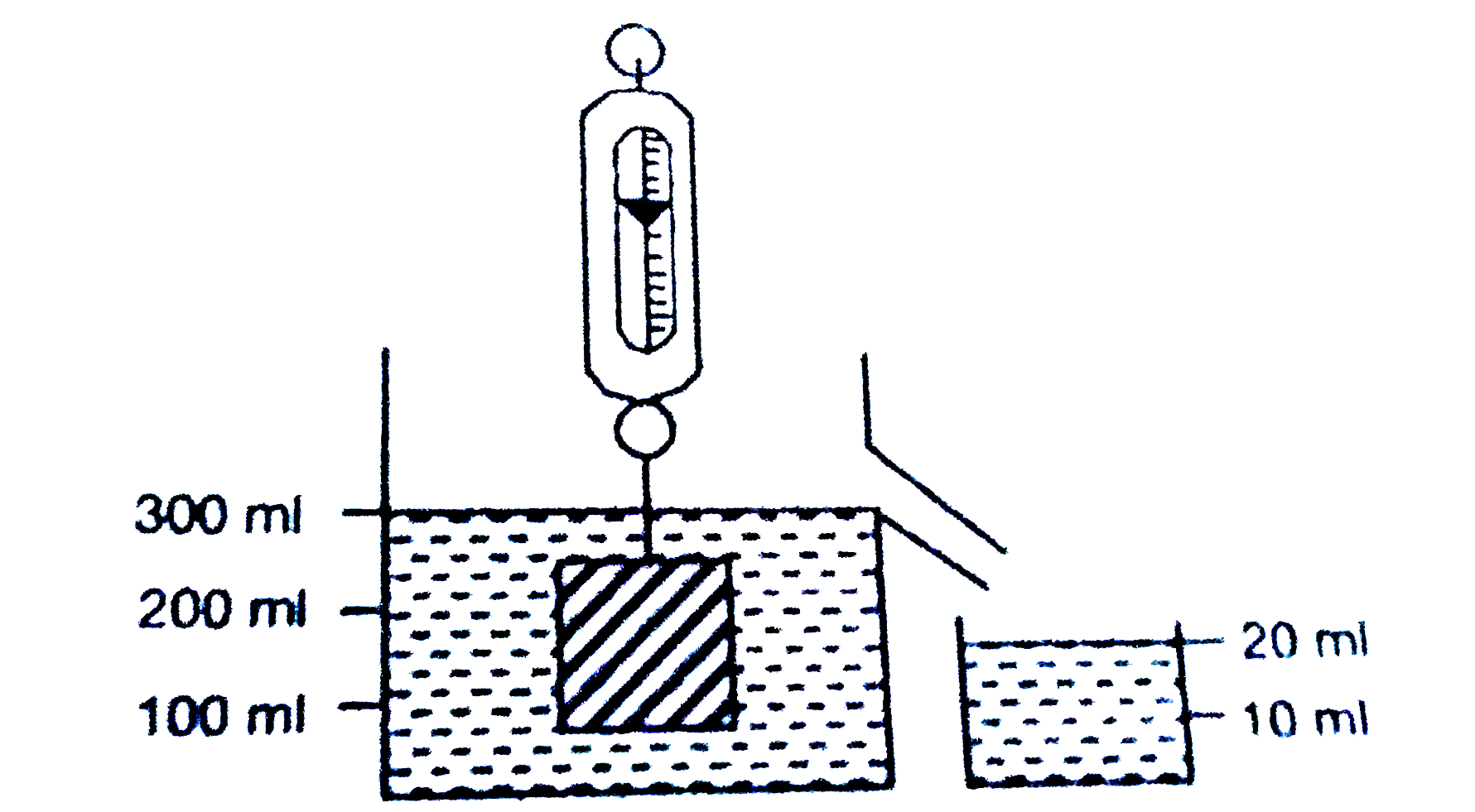Consider an extended object immersed in water contained in a plane trough. When seen from close to th edge of the through the object looks distroted because
the apparent depth of the points close to the edge are nearer the surface of the water compared of the points away from the edge.
the angle subtended by the image of the object at the eye is smaller than the actual angl subtended by the object in air.
some of the points of the object far away from the edge may not be visible because of total internal reflection.
water in a trough acts as a lens and magnifies the object.
The correct Answer is:A, B, C
Topper's Solved these Questions
- RAY OPTICSBOOK - MODERN PUBLICATIONCHAPTER - RAY OPTICSEXERCISE - MULTIPLE CHOICE QUESTION LEVEL - III
16 Videos
- RAY OPTICSBOOK - MODERN PUBLICATIONCHAPTER - RAY OPTICSEXERCISE - RECENT COMPETITIVE QUESTION
32 Videos
- RAY OPTICSBOOK - MODERN PUBLICATIONCHAPTER - RAY OPTICSEXERCISE - RECENT COMPETITIVE QUESTION
32 Videos
- PROPERTIES OF MATTERBOOK - MODERN PUBLICATIONCHAPTER - PROPERTIES OF MATTEREXERCISE - RECENT COMPETITIVE QUESTIONS
17 Videos
- ROTATIONAL MOTIONBOOK - MODERN PUBLICATIONCHAPTER - ROTATIONAL MOTIONEXERCISE - RCQ
8 Videos
Similar Questions
Consider an extended object immersed in water contained in a plane trough. When seen from close to the edge of the trough, the object looks distorted because.
View SolutionA solid object when seen from one side, looks like this
 . The same solid, when seen from top, looks like this
. The same solid, when seen from top, looks like this  Name the object.
Name the object.
View Solution
Knowledge Check
Consider an extended object immersed in water contained in a plane through. When seen from close to the edge of the through, the object looks distorted because.
Athe apparent depth of the points close to the edge are nearer the surface of the water compared to the points away from the edge.Bthe angle subtended by the image of the object at the eye is smaller than the actual angle subtended by the object in air.Csome of the points of the object far away from the edge may not be visible because of total internal reflection.Dwater in a through acts as a lens and magnifies the object.When a solid object is immersed in water, there is a loss in its weight. This loss is
Aequal to the weight of the water displacedBless than the weight of the water displacedCgreater than the weight of the water displacedDnot related to the weight of the water displacedAn object looks red when seen through a piece of red glass. What is the actual colour of the object?
ARed onlyBWhite onlyCRed or greenDBlack
An object weighs 9.8 N in air and 9.0 N when fully immersed in water. How much is the buoyant force on the object?
View SolutionAn object suspended from a spring balance is immersed in water filled inside an overflow jar. The water displaced by the object is collected in an empty beaker placed below the spout of the overflow jar.
If the reading on the spring balance is 180 gwt, then calculate the pressure exerted due to the immersion of object at the bottom of the container. Will there be any change in pressure at the lower, if the object is dropped into water ?
The height of the overflow jar upto the spout is 10 cm and the area of the lower face of the block is 4 cm2.

View SolutionOne end of a cylindrical glass rod (mu = 1.5) of radius 1.0 cm is rounded in the shape of a hemisphere. The rod is immersed in water (mu= 4/3) and an object is placed in the water along the axis of the rod at a distance of 8.0 cm from the rounded edge. Locate the image of the object.
View SolutionOne end of a cylindrical glass rod (mu = 1.5) of radius 1.0 cm is rounded in the shape of a hemisphere. The rod is immersed in water (mu= 4/3) and an object is placed in the water along the axis of the rod at a distance of 8.0 cm from the rounded edge. Locate the image of the object.
View SolutionTwo objects losing the same weight when immersed in water must have the same
View Solution
